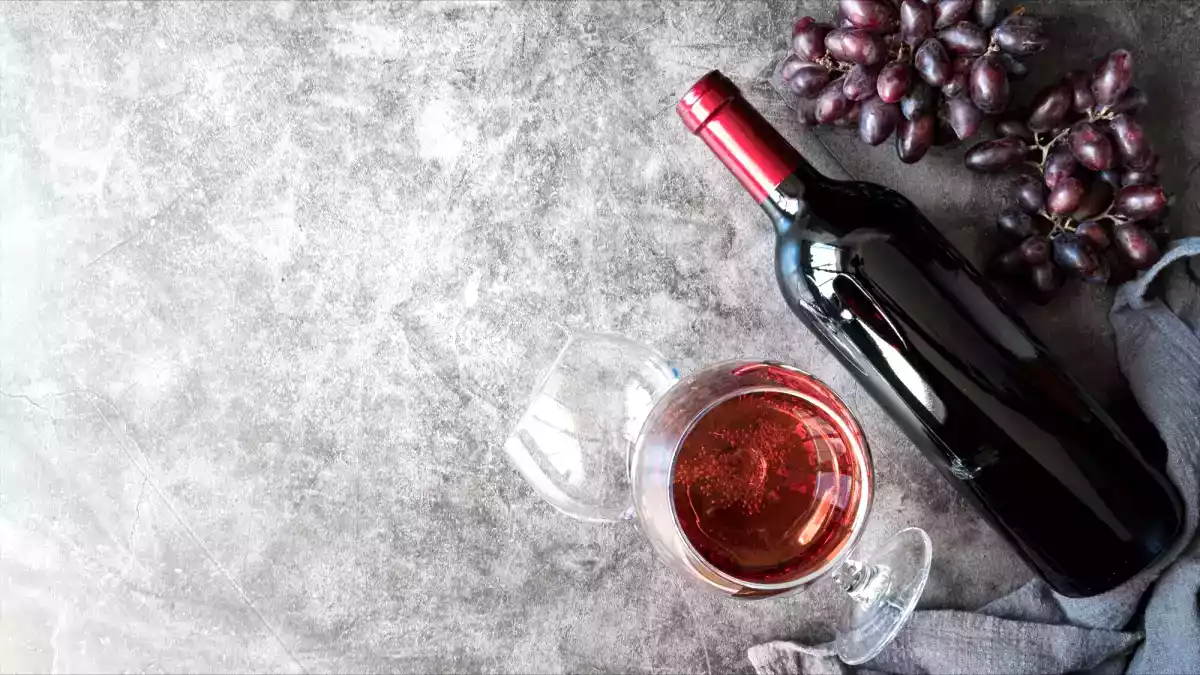Pollutants in our glasses: European wines contaminated with PFAS

A glass of red with dinner, a sip of rosé in the sun... In France, wine is much more than a drink. It's a way of life, a tradition, a shared pleasure. But over the last few days, news has disturbed the tranquillity of our aperitifs: several studies have revealed the massive presence of PFAS in European wines, the famous "eternal pollutants" we're hearing more and more about.
So, should we panic? Should we stop drinking? We take stock of what we know today - and, more importantly, what we can do about it ourselves!
What exactly are PFAS?
Behind this somewhat barbaric name (for "per- and polyfluoroalkylated substances") lie highly resistant chemical compounds, used in industry since the 1950s. They are used to render materials non-stick, waterproof or heat-resistant. They can be found in stoves, technical clothing, packaging... but also in certain pesticides.
The problem? These substances are virtually non-degradable. Hence their nickname of "eternal pollutants". Once in the environment, they infiltrate everywhere: water, soil, plants... and therefore our food.
PFAS in wine: what the studies say
An analysis carried out in Germany on some sixty European wines revealed the systematic presence of PFAS, in particular TFA (trifluoroacetic acid), a by-product of these substances. And not in anecdotal quantities.
According to Reporterre, TFA was detected in 100% of the samples analyzed, with higher levels in wines produced after the 1980s. Why this period? Because that's when the use of fluorinated pesticides exploded in vineyards.
The study also points the finger at the persistence of these residues despite vinification and filtration methods. In other words, the final product cannot escape contamination.
What are the health risks?
Today, PFAS are suspected - and sometimes confirmed - of having health effects, even at low doses. Among the most serious concerns are
- fertility disorders,
- impact on the hormonal system,
- liver and kidney damage,
- weakening of the immune system.
French National Agency for Health Security (ANSES - Agence nationale de sécurité sanitaire) is already recommending a drastic reduction in exposure to these substances, which accumulate in the body over time.
According to the French newspaper Midi Libre, "no direct effect has yet been identified from the consumption of wine alone, but it is the multiplication of sources of exposure that poses a problem".
What can you do as a consumer?
It's not easy to feel concerned without giving in to anxiety. But a few simple gestures can help:
- Turn to organic, natural or biodynamic wines, which limit (or even exclude) the use of chemical pesticides. This is not a "zero PFAS" guarantee, but it considerably reduces the risk.
- Vary your sources of alcohol and food to avoid the "cumulative" effect.
- Support winegrowers committed to an ecological transition, by favoring short circuits and demanding quality labels.
And of course, don't demonize wine, but consume it with full knowledge of the facts. As is often the case, it's the regularity and the dose that count!
In short: toast, yes... but stay informed.
No one wants to raise a glass to the thought of toxic substances. And yet, PFAS are there, discreet, invisible, but very much present. Wine is just one example, reminding us how much our food choices are linked to wider agricultural practices.
This is not a reason to throw the bottle overboard (especially if it's a good vintage), but an invitation to think about what we drink and to support those who grow differently.
And let's be honest: a good glass of wine shared with good seasonal produce is even better when you know that it's a little more respectful of your health... and that of the planet :)
Sources :
Reporterre - European wines massively contaminated with PFAS
Pleinchamp - European wines heavily contaminated and increasingly with TFA, an eternal pollutant
Midi Libre - Wines massively contaminated with PFAS: what is TFA?
You may be interested in:
 Adèle Peyches
Adèle Peyches


Comments